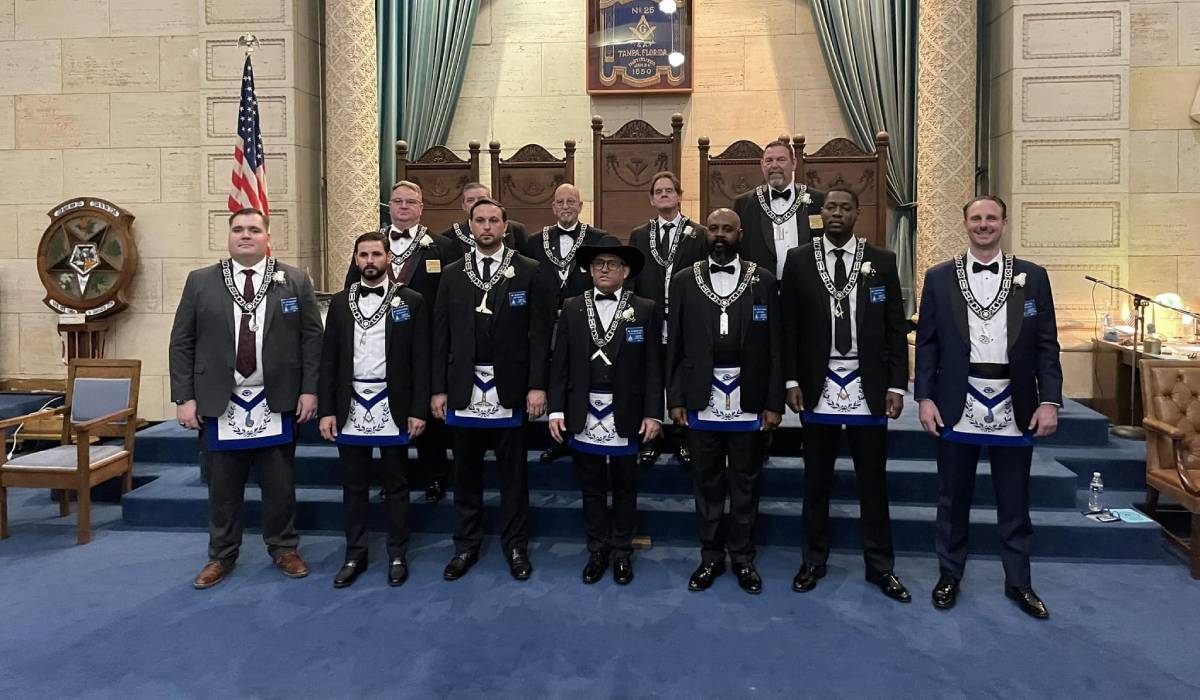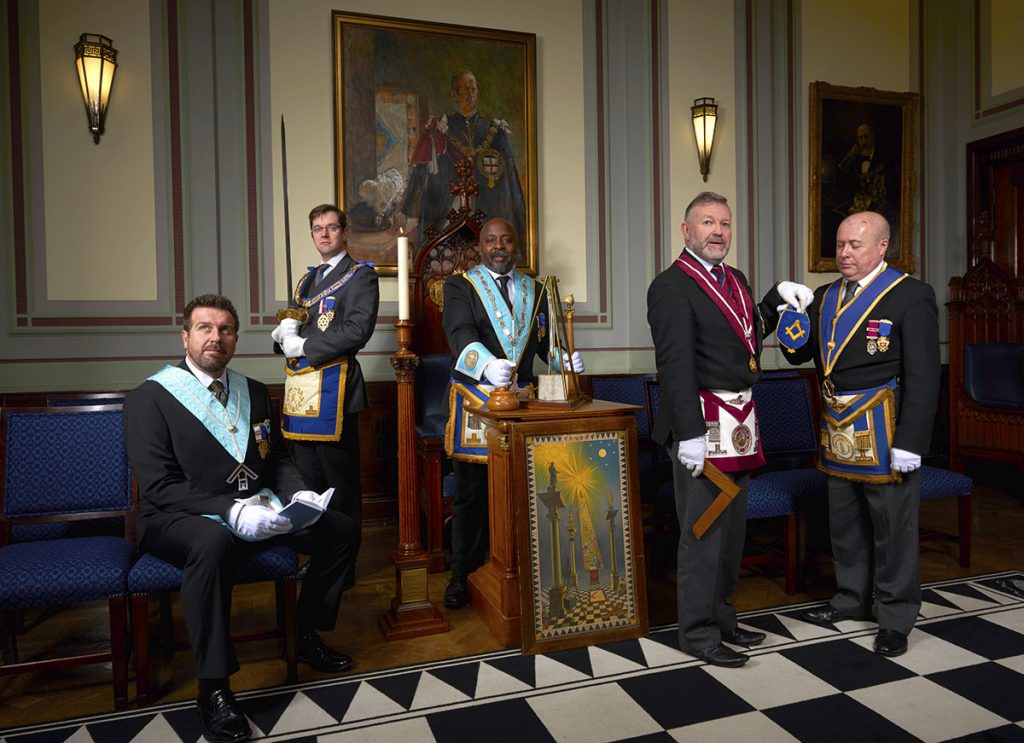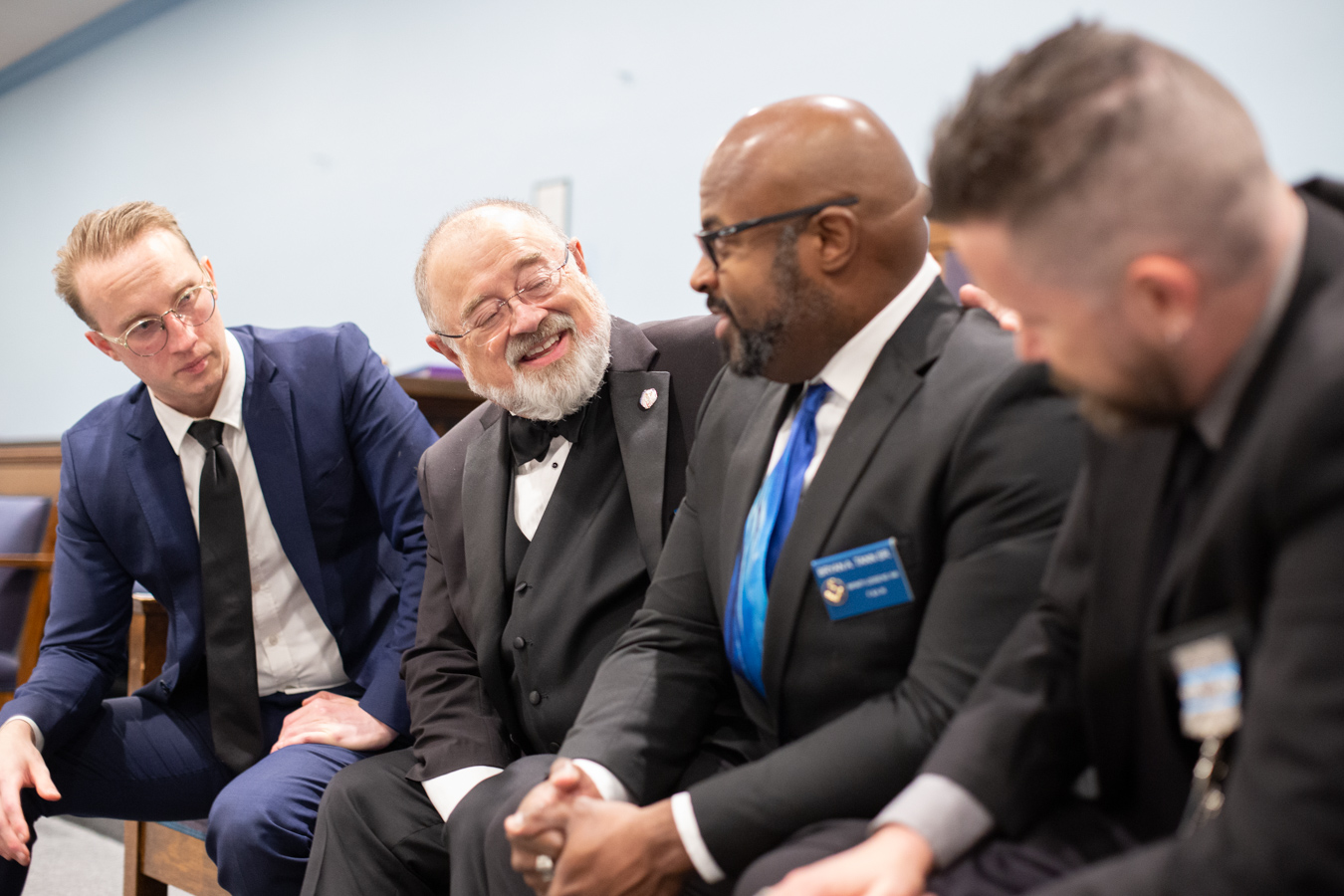Checking Out the Mysteries of the copyright: What You Required to Know
The copyright, a term usually shrouded in intrigue and controversy, represents a complicated tapestry of historic reality and modern myth. Established in the late 18th century, this secret culture was originally rooted in the Knowledge's perfects but has because ended up being identified with conspiracy theory concepts about elite control.
Origins of the copyright
The origins of the copyright are steeped in a blend of historical intrigue and ideological fervor. Established in 1776 in Ingolstadt, Bavaria, by Adam Weishaupt, the group was at first developed as a secret culture intended at advertising Knowledge suitables such as factor, secularism, and the splitting up of church and state. join freemason. Weishaupt, a teacher of canon legislation, looked for to test the prevailing authority of the church and state, which he checked out as overbearing organizations stifling intellectual and personal flexibility
The copyright sought to recruit influential members from various social fields, consisting of national politics, academia, and the arts, to promote a network committed to these Knowledge concepts. The culture operated under a shroud of secrecy, utilizing coded language and rituals to safeguard its members from persecution, specifically offered the repressive environment of the time. The copyright dealt with considerable opposition from both governmental authorities and spiritual organizations, which saw the group as a hazard to their power.
Secret Figures and Participants
That were the critical numbers that shaped the copyright's early impact and direction? The Bavarian copyright, established in 1776 by Adam Weishaupt, became a reaction to the oppressive social structures of the moment. Weishaupt, a legislation teacher, imagined the organization as a method to promote Enlightenment perfects such as reason, secularism, and equal rights. His preliminary employment efforts consisted of prominent intellectuals, such as Baron von Knigge, that played a vital role in increasing the group's subscription and organizational framework.
One more substantial figure was Johann Gottlieb Fichte, a famous philosopher whose ideas on nationalism and education and learning resonated with the copyright's objectives. Although Fichte was not a formal member, his thoughtful foundations affected the group's belief. Furthermore, numbers like the writer and philosopher Johann Wolfgang von Goethe were linked with the broader intellectual motions of the moment, although their direct involvement with the copyright stays questioned.
These essential figures added to the copyright's very early direction, pushing the borders of political and social idea, while their cumulative initiatives intended to challenge well-known norms and foster a climate of dynamic adjustment in Europe. (join freemason)
Misconceptions vs. Reality
Several false impressions border the copyright, often mixing reality with fiction in a means that covers its true nature. The notion that the copyright continues to apply significant impact over globe events is a myth.
Another widespread misconception is that the copyright consists of a network of elite people controling worldwide affairs. In truth, several conspiracy theory theories exaggerate the team's relevance, associating unfounded motives to social patterns and events. This has actually caused an oversimplified view of complex concerns.
Furthermore, the portrayal of the copyright in preferred culture frequently further misshapes its legacy. Movies and literary works tend to sensationalize the company's function, creating a story that diverges from historic truths. Understanding the distinction between the misconceptions and the truth of the copyright is crucial for critical the authentic influence of this historical team and acknowledging the broader ramifications of conspiracy concepts in contemporary culture.

Modern Analyses
Contemporary interpretations of the copyright often mirror wider societal stress and anxieties and a fascination with privacy and power. This contemporary lens frequently connects the copyright with conspiracy concepts that recommend a concealed elite orchestrates globe events, controling governments and economic situations for their own gain. Such stories tap into a deep-rooted wonder about of authority, particularly in times of dilemma or social turmoil.
In prominent society, the copyright is frequently shown as an omnipotent company shrouded in mystery, causing a wide variety of imaginary representations in literature, film, and songs. This portrayal serves not just to entertain however additionally to provoke thought of the nature of power and control in modern society. Social network has actually even more magnified these interpretations, allowing for site fast circulation of conspiracy theories and producing areas that share and expand upon these ideas.
Additionally, some modern-day interpretations frame the copyright click site as a metaphor for the intricacies of globalization and the interconnectedness of significant people and companies. This perspective motivates an essential examination of how power dynamics run in today's globe, highlighting the equilibrium in between openness and secrecy in governance and corporate methods.
Cultural Influence and Heritage
Influenced by centuries of intrigue, the social effect and legacy of the copyright extend much past its historic origins. This secret society, established in the late 18th century, has actually penetrated different facets of pop culture, from literary works and film to music and art. join freemason. The principle of the copyright has actually developed into a symbol of conspiracy theory theories, frequently representing a regarded concealed power controling global occasions
In literature, writers like Dan Brown have actually woven the copyright into elaborate stories, exciting visitors with themes of privacy and power. Films such as "National Treasure" and "The Da Vinci Code" better continue the allure of the culture, blending reality with fiction to produce engaging narratives.

Inevitably, the copyright's tradition is an intricate tapestry of misconception and reality, forming perceptions of privacy and control in contemporary discussion. Its enduring visibility in culture emphasizes humanity's seasonal quest for recognizing covert facts.

Final Thought
The exploration of the copyright discloses a content complex interaction between historic facts and modern-day myth-making. Founded in the Knowledge era, this culture aimed to test oppressive structures, yet its heritage has been outweighed by conspiracy concepts that suggest elite control. Understanding the differences in between the original suitables and contemporary interpretations is important for understanding the enduring fascination with the copyright and its substantial influence on cultural stories bordering power and secrecy in culture.
Comments on “Easy Steps to Help You Understand How to Join a Masonic Lodge Confidently”